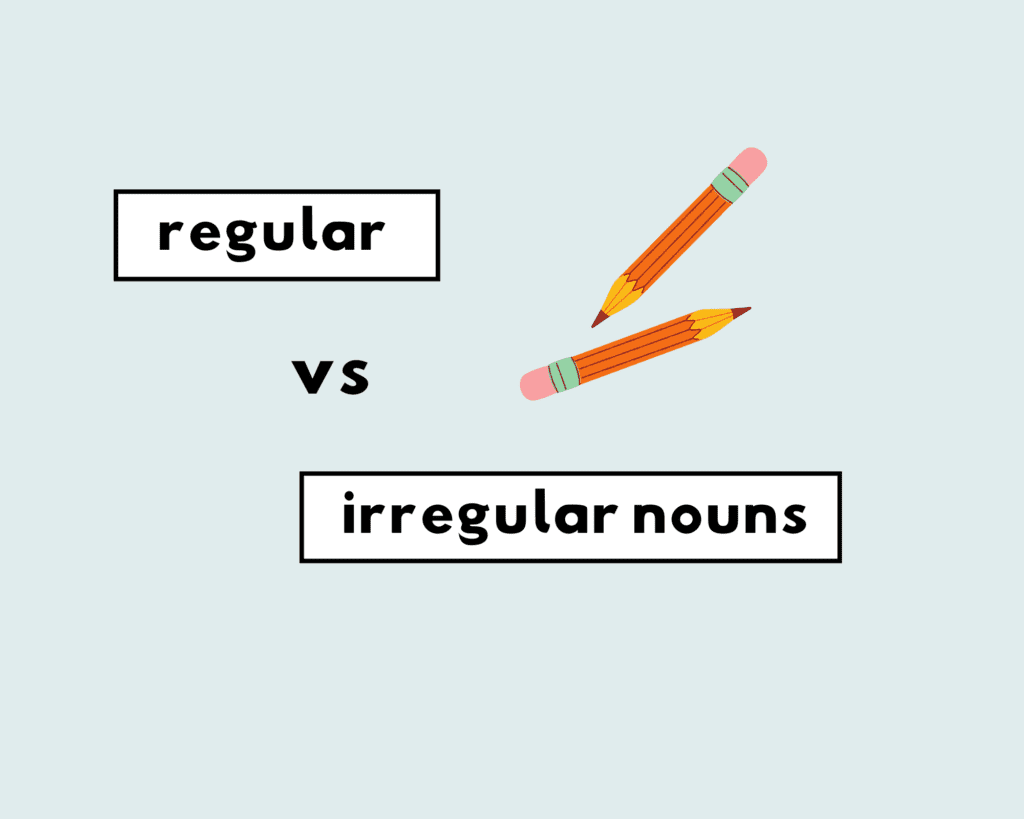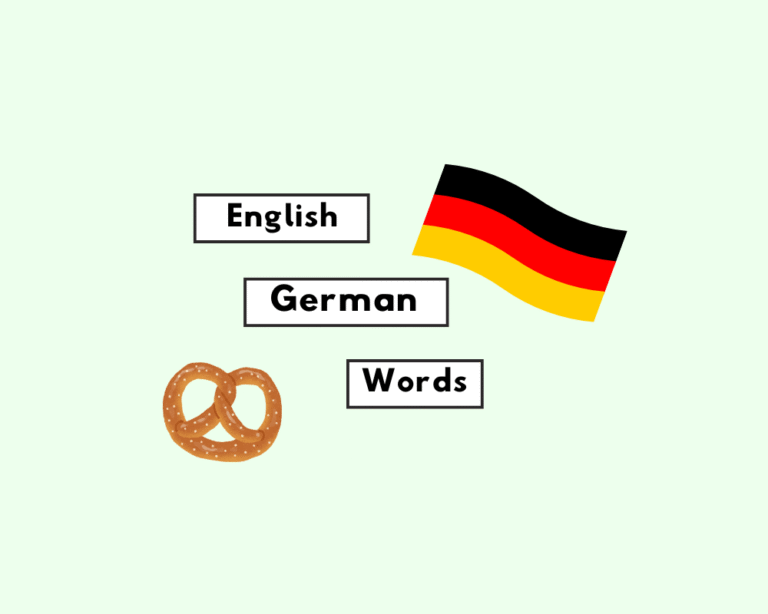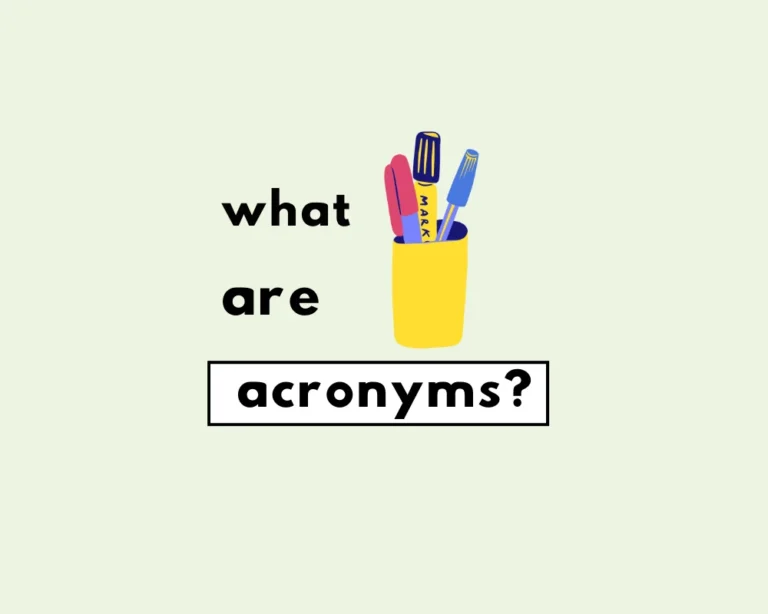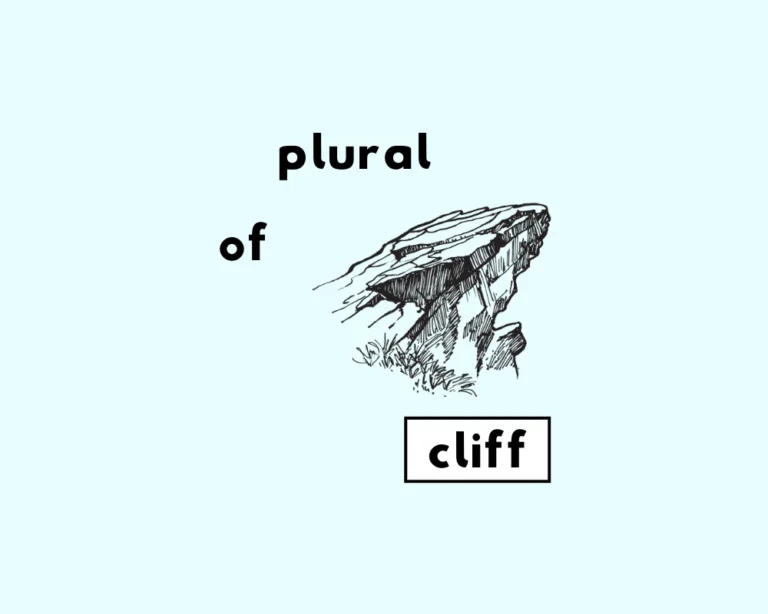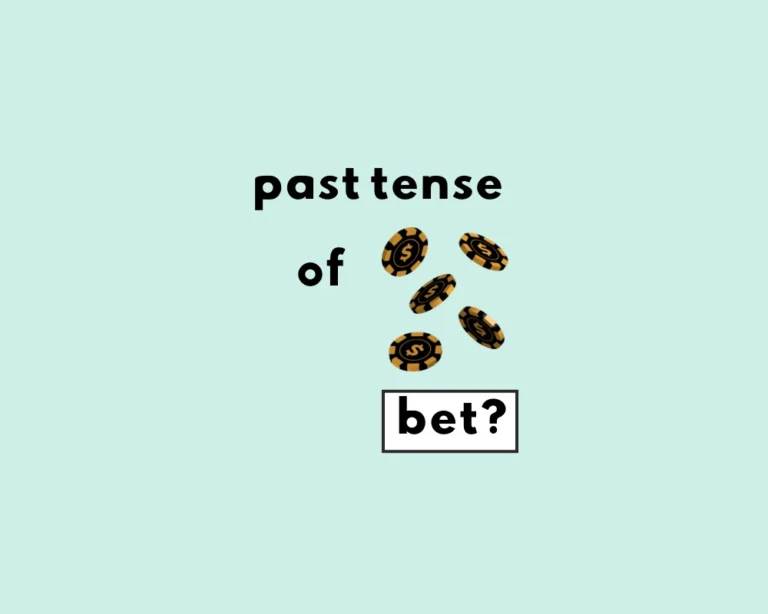What are nouns?
At Grammarflex, we learn grammar from the ground-up. Let’s go back to the basics: what are nouns, again? The Oxford Learner’s Dictionary defines the word as:
A word that refers to a person (such as Ann or doctor), a place (such as Paris or city) or a thing, a quality or an activity (such as plant, joy or tennis)
—Oxford Learner’s Dictionary-noun.
Sounds straightforward: nouns name people, places, things, ideas or qualities; like: Evan Peters (who’s both a person and an actor); Canada (which is a country), your iPhone (which is a thing); Existentialism (an idea or philosophy); and kindness (which is a characteristic and concept).
What are the eight parts of speech?
Nouns are one of the main parts of speech that builds languages. There are 8 parts of speech altogether:
1. Nouns
2. Adverbs
3. Adjectives
4. Conjunctions
5. Prepositions
6. Pronouns
7. Interjections
8. Verbs
Plural and singular nouns
Nouns which are physical and countable come in two types: they are either plural or singular. Plural nouns mention more than one of what’s referenced. Nouns that are singular mention one of that thing.
Singular = one chair.
Plural = two chairs.
Not all nouns have singular and plural noun forms: some stay singular, where others remain plural. However, most physical objects (which are countable) use singular and plural forms.
Regular vs. irregular nouns
Just like verbs, nouns can be regular or irregular. The difference between regular and irregular nouns is straightforward: nouns that end in “-s” or “-es” are regular. Any other plural noun ending is irregular. The following chart lists regular plural nouns:
| singular | plural |
| book | books |
| dog | dogs |
| dress | dresses |
| table | tables |
| box | boxes |
When to use “s” or “es”
Most English nouns just add “s” (e.g., dogs, cats, books, tables, cups and clocks). Still, the chart above shows some add “es”.
So, how do you know when to use “s” or “es”? Words that end in –s, –ss, –x, –sh, –ch, –z and sometimes –o add “es”. Nouns that end in –z or –s will double the final consonant before adding “es”.
- dress ➜ dresses
- ash ➜ ashes
- bench ➜ benches
- tax ➜ taxes
- tomato ➜ tomatoes
- quiz ➜ quizzes
- bus ➜ busses
Irregular noun patterns
As mentioned, irregular nouns in English will end in something other than “-s” or “-es”. There are many types of irregular noun patterns; most of which are clear and easily identifiable. Still, there’s no quick way to remember them all, other than by taking the time to learn them.
What will make learning their irregular forms smoother is to understand the patterns they follow. As you’ll see from the breakdown below, the way these nouns switch from singular to plural hinges on the language of origin. For example, words inherited to Modern English from Greek, Latin, Italian, French and the Germanic languages all use their own singular and plural suffixes and inflections. English still uses many of these original noun forms today, (which is pretty cool!)
German nouns
Nouns from the Germanic language, for example, still retain the “i-umlaut” or “i-mutation”, which technically is, “the raising and fronting of a root vowel in anticipation of “i” or “y” sound in a suffix.” Sounds complicated, but it’s not. We see it with words that swap their inner vowels with another pair of vowels from singular to plural:
Other irregular German suffixes are nouns ending in “f” or “fe” that switch to “ve” or “ves” as a plural:
| singular | plural |
| wife | wives |
| life | lives |
| self | selves |
| half | halves |
| knife | knives |
| leaf | leaves |
Not all nouns ending in “f” or “fe” will switch to “ves” as a plural; invariably, there are exceptions, (see words like cliff, roof or proof, which simply add “s”).
Latin & Greek nouns
Another irregular noun pattern is evident in words from Latin. English has tons of words that still use their original Latinate sing. and pl. noun forms. A common pattern are “-us” endings as a singular that switch to “-i” as a plural:
| singular | plural |
| cactus | cacti (or cactuses) |
| fungus | fungi (or funguses) |
| alumnus | alumni |
| syllabus | syllabi (or syllabuses) |
| radius | radii (or radiuses) |
| octopus | octopi (or octopuses) |
Other Latin noun forms include “-um”/”-on” as a singular to “-a” as a plural:
| singular | plural |
| phenomenon | phenomena (or phenomenons) |
| criterion | criteria |
| medium | media |
| bacterion | bacteria |
| datum | data |
| curriculum | curricula (or curriculums) |
Greek nouns that end in “-sis” switch to “-es” as a plural. Despite that these words end in “-es” as a plural, how they swap vowels from their singular to plural is notably irregular (typically, you just add s/es, rather than replace the original word’s spelling).
| singular | plural |
| analysis | analyses |
| crisis | crises |
| diagnosis | diagnoses |
| synopsis | synopses |
Singular-only & plural-only nouns
Some nouns don’t change at all between singular and plural. Water, milk, sand or gold are things that exist in the world and are nouns, yet we strictly use them as “singular”. When something exists in a form, substance or mass that cannot be physically counted, these words stay singular, and are known as mass nouns or singular-only nouns.
Singular-only nouns, like water and sand, still differ from the nouns in the chart below, such as moose, fish and deer. Though these animals are countable, they use the same singular and plural forms (for the most part). Sometimes fishes is acceptable as a plural (i.e., when referring to multiple fish species). Animals also have collective noun names, which we use to refer to animals in groups, such as a “herd of moose”, or a “mischief of mice”.
Finally, there are also nouns that stay plural: things like glasses, pants, scissors and pliers remain plural because they’re made up of parts, pairs or pieces. We refer to these objects as “a pair of”, though we mean one item or unit or something.
| singular | plural |
| moose | moose |
| elk | elk |
| fish | fish (sometimes fishes) |
| deer | deer |
| sheep | sheep |
In review: regular and irregular plural nouns
Grammar (RULES!)
1. Regular nouns end in -es or -s.
2. Irregular nouns end in something other than -s or -es.
3. Some nouns remain singular, whereas some stay plural.
4. Some nouns show no change between the singular and plural.
“Linguistic Humour” by anonymous
University of Pennsylvania, Linguistics Department.
We’ll begin with box, and the plural is boxes;
But the plural of ox should be oxen, not oxes.
Then one fowl is goose, but two are called geese,
Yet the plural of moose should never be meese.
You may find a lone mouse or a nest full of mice,
Yet the plural of house is houses, not hice.
If the plural of man is always called men,
Why shouldn’t the plural of pan be called pen?
The cow in the plural may be cows or kine,
But the plural of vow is vows, not vine.
I speak of my foot and show you my feet,
If I give you a boot, would a pair be called beet?
If one is a tooth, and a whole set are teeth,
Why shouldn’t the plural of booth be called beeth?
If the singular is this and the plural is these,
Why shouldn’t the plural of kiss be named kese?
Then one may be that, and three may be those,
Yet the plural of hat would never be hose;
We speak of a brother, and also of brethren,
But though we say mother, we never say methren.
The masculine pronouns are he, his and him,
But imagine the feminine she, shis, and shim!
So our English, I think, you all will agree,
Is the craziest language you ever did see.
I take it you already know
Of tough and bough and cough and dough?
Others may stumble, but not you,
On hiccough, thorough, slough, and through?
Well done! And now you wish, perhaps
To learn of less familiar traps?
Beware of heard, a dreadful word,
That looks like beard and sounds like bird.
And dead; it’s said like bed, not bead;
For goodness sake, don’t call it deed!
Watch out for meat and great and threat;
They rhyme with suite and straight and debt.
A moth is not a moth in mother,
Nor both in bother, broth in brother.
And here is not a match for there,
Or dear and fear for bear and pear.
And then there’s dose and rose and lose,
Just look them up, and goose and choose.
And cork and work and card and ward,
And font and front and word and sword.
And do and go, then thwart and cart.
Come, come, I’ve hardly made a start.
A dreadful language? Why, man alive,I’d learned to talk it when I was five,
And yet to write it, the more I tried,I hadn’t learned it at fifty-five!
Sources
- Definition of a noun (Merriam-Webster, noun.)
- High School English Grammar and Composition by P.C. Wren.
- Mouse etymology
- Goose etymology
- Louse etymology
- Moose etymology
- Foot etymology
- Tooth etymology
- UVic irregular plural noun forms
- Albert.io: irregular plural nouns
- Linguistic humour
Work Sheet
According to the blog post, what defines a regular plural noun?
According to the blog post, what defines an irregular plural noun?
What ending is typically added to most English nouns to form the plural, according to the text?
The text states that nouns ending in which groups of letters usually add “-es” for the plural?
According to the post’s specific rule for nouns ending in “-z” (like “quiz”), how is the plural formed?
Using the rule for words ending in -ch, the plural of “bench” is _____. The park had several new .
Using the rule for words ending in -x, the plural of “tax” is _____. Everyone has to pay .
Using the rule for words ending in -ss, the plural of “dress” is _____. She bought two new .
According to the rule and example provided in the text for nouns ending in -s, the plural of “bus” is _____. The school has many yellow .
According to the list of regular plural nouns provided, the plural of “box” is _____. Please pack the books in the .
Frequently Asked Questions
What are regular plural nouns?
+
How do most regular nouns form plurals?
+
When do regular nouns add “-es”?
+
What happens to nouns ending in -z or -s?
+
How are irregular plural nouns different?
+
Yash, D. "What Are Regular and Irregular Plural Nouns?." Grammarflex, Jun 17, 2025, https://www.grammarflex.com/what-are-regular-and-irregular-plural-nouns/.
Sources
-
Definition of a noun (Merriam-Webster, noun.)
-
High School English Grammar and Composition by P.C. Wren.
-
Mouse etymology
-
Goose etymology
-
Louse etymology
-
Moose etymology
-
Foot etymology
-
Tooth etymology
-
UVic irregular plural noun forms
-
Albert.io: irregular plural nouns
-
Linguistic humour

